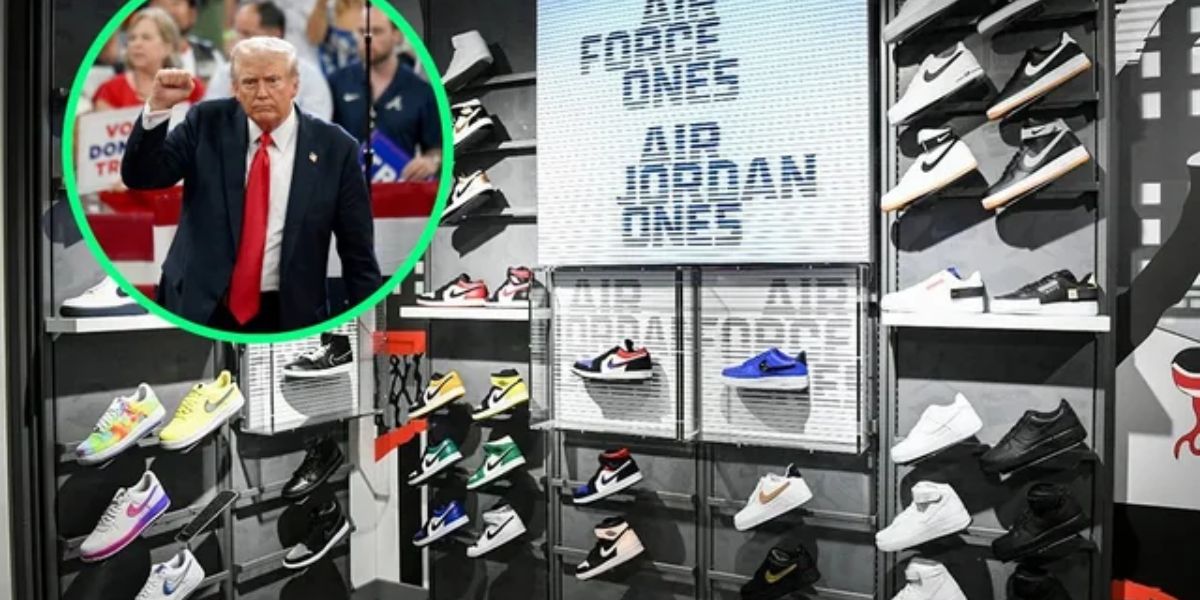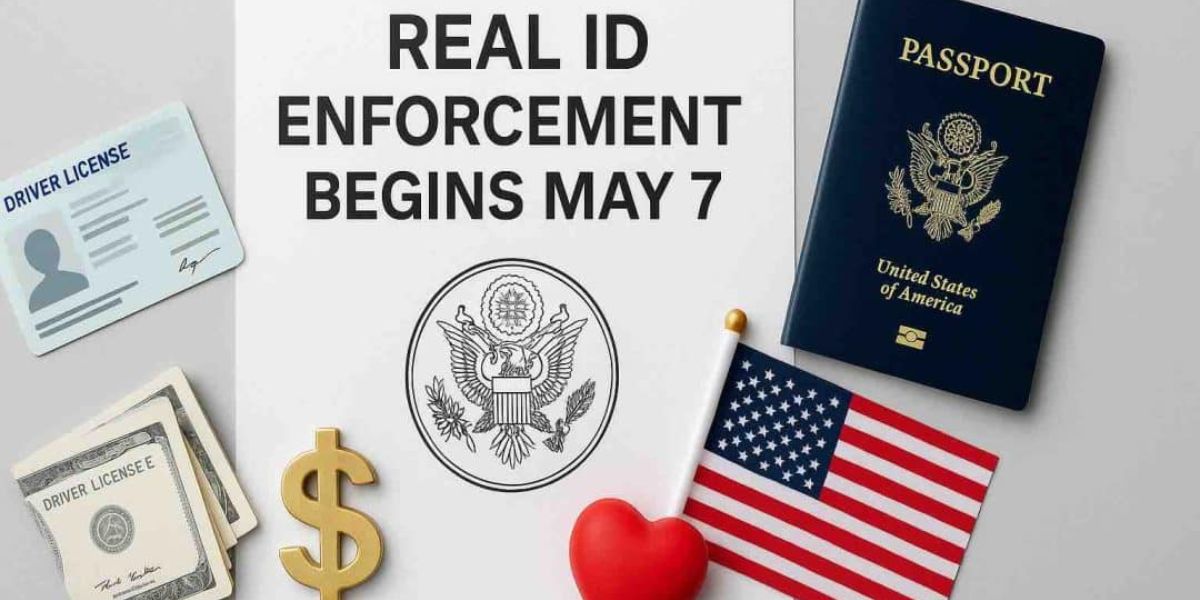Trump’s new controversial tariffs will increase prices across pretty much all industries in the United States. However, buyers of sport items and sneakers will have to pay particularly steep prices due to high tariffs.
The footwear industry will be hit hard by the tariffs, as 99% of sneakers sold in the United States come from Asia – with Vietnam the top source, followed by China, Indonesia, and Cambodia.
Producers in these countries have built massive, sophisticated supply chains which allow them to minimize costs and maximize scale – the reason why consumers around the world can get affordable products while the companies selling the shoes make profits.
According to Trump, his aggressive tariffs are necessary to bring manufacturing back to the United States and create more jobs. However, whatever the tariffs, the Asian cost advantages are so significant that moving production elsewhere – especially the U.S. – would make little economic sense.
Chinese manufacturing dependence
Footwear giants including Nike and Adidas rely massively on Asian countries for manufacturing. Nike manufactures 50% of its footwear in Vietnam, and 22% in China, while Adidas manufactures 39% of its footwear in Vietnam and 20% in China. This geographical concentration means the two companies are particularly vulnerable to changes in trade policies and tariffs.
This Tennessee City is Now the State’s Drug Trafficking Capital, Officials Say
After Trump announces his “Liberation Day” tariffs on April 2, experts estimated that imported sneakers would face a new consumption tax of up to 42%. That could change now that Trump has called off reciprocal tariffs, which could apply to Vietnam, Indonesia and Cambodia. At the same time though, the President of the U.S. has raised the tariff on Chinese goods to 145%.
Whatever the final percentage, Trump’s new tariffs to imports from Asian countries will result in a significant increase in production costs for sportswear brands such as Nike and Adidas, which will ultimately affect consumers as sneakers prices soar.
Bracing for the changes
The market has reacted to the new tariffs immediately, with brands stock prices falling significantly.
Companies like Nike are evaluating new strategies to mitigate the impact of the new measures. These include diversifying manufacturing processes to countries which aren’t affected by high tariffs, renegotiating contracts with its suppliers, and partially absorbing additional production costs to reduce their impact on buyers.
Working with foreign factories has kept labor costs down for U.S. companies but, if the new tariffs are allowed to persist, ultimately they will make their way to the consumer.
Can the American garment industry be revived?
Industry experts say reviving the American garment industry would be hugely expensive, and take years if it were feasible. The number of people working in apparel manufacturing in the U.S. went from 139,000 in 2015 to 85,000 in 2025, according to the Bureau of Labor Statistics.
Along with lacking a skilled and willing workforce, the U.S. does not have domestic sources for the more than 70 materials that go into making a typical shoe, the Footwear Distributors & Retailers of America said. Shoe companies would need to find or set up factories to make components such as cotton laces, eyelets, textile uppers on a large scale. According to the organization, many of these materials have never existed in the U.S.
Who wins in this trade war?
The winners in the tariff wars are retailers that have big negotiating power with their suppliers, a strong brand name and limited sourcing in Asia. On the other hand, companies with limited negotiating power, limited pricing power, and high reliance in Asia are in for a tougher time.
Industry experts believe that Trump’s new tariffs will end up being a consumer sales tax, widening the gap between America’s wealthiest citizens and those in the middle and lower end of the income spectrum.



